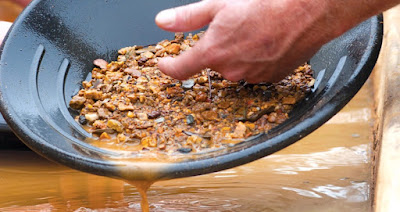What is the difference between poetry and prose?
I like to pose this question to students at the beginning of a poetry study. (I usually include a definition of prose, as many students are not familiar with this word!) Popular answers include “Poetry rhymes and prose doesn’t” and “Prose is in paragraphs and poetry is in lines.”
In addition to busting the myth that poetry must rhyme, one of my key goals is for students to understand that writing poetry is more than dividing words into lines instead of paragraphs. Poetry involves choosing the best words.
How do I guide students to understand the economy of language involved in writing poems? I start by sharing this quote by former US Poet Laureate, Rita Dove:
“Poetry is language at its most distilled and most powerful.”
The section of prose I share is about the paradise tree snake:
The paradise tree snake, a Southeast Asia rainforest dweller, flies without wings. The paradise tree snake can launch itself from a branch and glide up to 300 feet through the forest canopy.
This snake makes itself aerodynamic. (That means it becomes smooth and sleek to reduce resistance to the air.) It flares its ribs, flattens its stomach, and whips its body back and forth like a long, slithering ribbon. By sucking in its stomach, the snake makes a wing. Then the cross section of the snake’s body looks like the cross section of a frisbee. This treetop trick helps the snake make a quick escape from hungry monitor lizards.
Next, I demonstrate “panning for gold” by highlighting those words that jump out to me as descriptive, specific, and striking:
The paradise tree snake, a Southeast Asia rainforest dweller, flies without wings. The paradise tree snake can launch itself from a branch and glide up to 300 feet through the forest canopy. This snake makes itself aerodynamic. (That means it becomes smooth and sleek to reduce resistance to the air.) It flares its ribs, flattens its stomach, and whips its body back and forth like a long, slithering ribbon. By sucking in its stomach, the snake makes a wing. Then the cross section of the snake’s body looks like the cross section of a frisbee. This treetop trick helps the snake make a quick escape from hungry monitor lizards.
Finally, I model arranging those “gold” words into lines. This is a great opportunity to explain that poets put a lot of thought into how their words look on the page. Line breaks and word placement guide the flow of a poem. For example, in my distilled poem, I start each line with a verb to emphasize the many actions the tree snake must take to fly. I also spread out the words in the line “glide through the forest canopy” so they glide across the page, just like the snake:
launch from a branch
flare ribs
flatten stomach,
whip back and forth
smooth and sleek
like a slithering ribbon
glide through the forest canopy.
Make a quick escape
from hungry monitor lizards.
Once students have sifted out the best words, they arrange them onto a new, blank page. I encourage students to think about their line breaks and word placement. How can the arrangement of words support the meaning and flow of the poem? Finally, students share their results. It’s fun to see the variety of poems panned from the same section of prose.
Try panning for poems with your students. I hope you strike it rich with the results!



This is great!
ReplyDeleteI the idea of making poetry from prose!
ReplyDelete